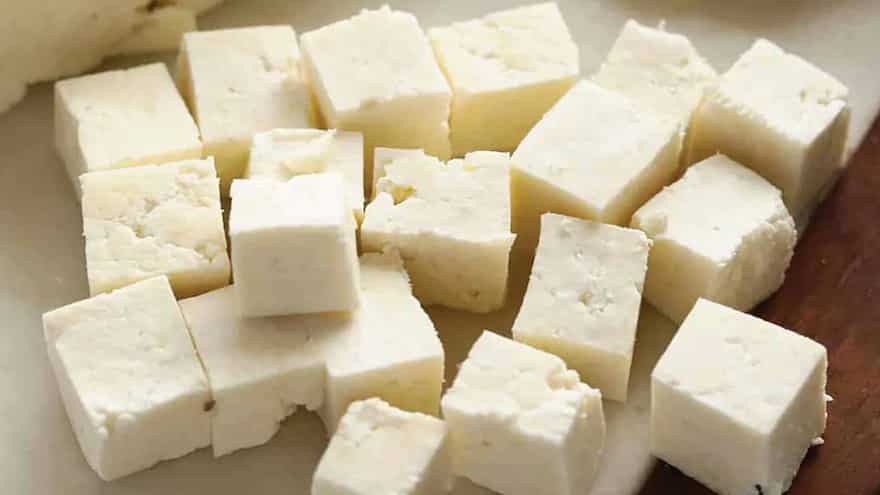It is difficult to imagine a quintessential Indian vegetarian fare without paneer. Paneer or cottage cheese is a byproduct of milk obtained after milk is curdled. Interestingly enough, paneer is not native to India. There are several theories as to how paneer reached the Indian shores.
As per famous legends, the 16th-century rulers of Persian and Afghan descent would often enjoy delicacies made of goat and sheep rennet in North India, which is today seen as a predecessor of paneer. Even the word paneer is a derivative of ‘peynir’, which means cheese in the Turkish language. Cottage cheese usage was also widespread among the Portuguese. As most of you would know, India wasn’t just a British colony. Several European forces like the French, Portuguese, and Dutch also ruled a few parts of India for a long time, bringing a few of their culinary practices that Indian locals adapted. ‘Chenna’ is said to be a gift of the Portuguese to Bengali confectionary. Both Chenna and Paneer are made the same way, except the former has more moisture, making it crumblier, making it a better pick for desserts than main meals.

Paneer is so intrinsic to Indian cuisine now, that it boggles my mind to think that it wasn't even around six centuries ago. Anyhow, as a resident of 21st century India, I am not only grateful for its existence but also its sheer versatility. You can toss it just about anywhere, you can make your curries richer with a handful of fresh paneer cubes, you can add them to pakoras and a variety of other snacks, you can also slide them in your sandwiches, burgers et al. We have even made salads with paneer as a primary protein source, isn’t that impressive?
However, if there’s one mystery we couldn’t solve, it is how to keep the paneer cubes soft in our gravies just like they do in the restaurants. How easily can you cut through them and enjoy them laced in the luscious gravy? What is the secret tip? Why does our paneer turn hard each time we are cooking it at home? Well, we dug out just the right solution for the perennial problem.
How To Make Paneer Softer?
- One of the most effective ways is to drop paneer in warm water right after frying them. This would help lock moisture and prevent dehydration of paneer.
- When you are frying paneer, fry it in moderately hot oil and not boiling oil. Make sure you have taken the paneer out of the fridge and let it rest at normal temperature.
- If you don’t intend on frying your paneer, you can soak them in regular water before dunking them in the gravies. It is a much low-cal option too.
- Another helpful tip we learned is that you should not freeze your paneer. If you have unpacked the store-bought paneer. Keep it in a box and place it in your fridge. Paneer should not be treated as a ‘frozen snack’; try and consume it as early as you can. If you can’t, then store it in the fridge.
Try these tips and let us know if they came in handy for you. You can also enjoy the recipe of this palak paneer in the meanwhile.


